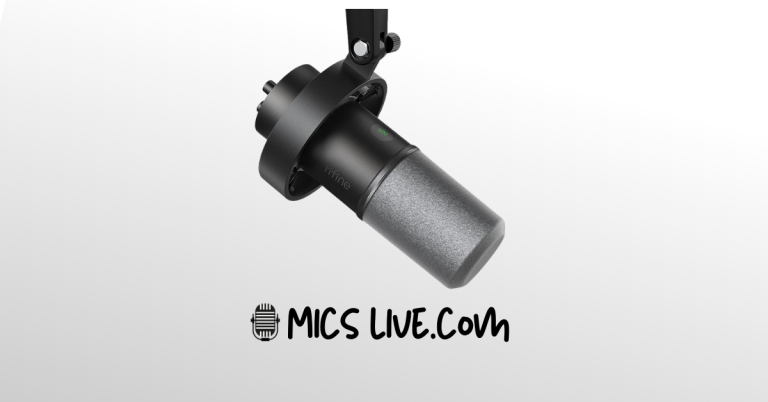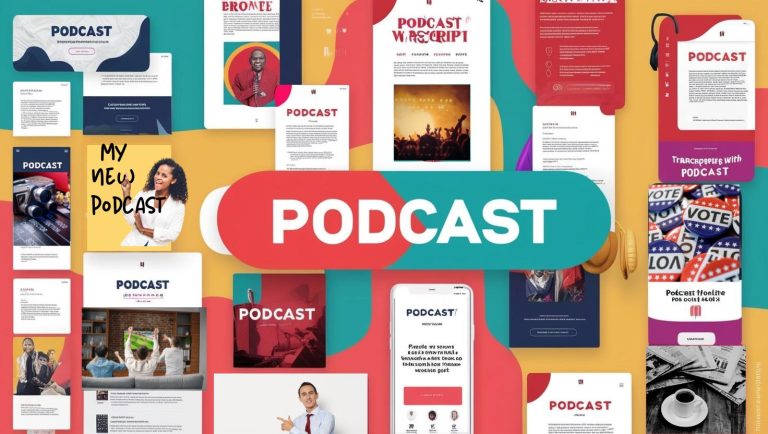How will you ensure your podcast stands the test of time? Have you considered how to future proof your podcast. In today’s fast-evolving, media-driven world, change is constant. Innovations, shifting attitudes, and the influence of media giants are rapidly reshaping the landscape. It’s easy to imagine major transformations occurring over the next five years. As I write this in the spring of 2025, I reflect on a journey that began with my radio career back in 1995.
Fast forward many years, and the media landscape has transformed dramatically. A particularly insightful radio Managing Director once advised me to “follow the money,” believing it to be the clearest indicator of where the industry is heading. He also saw radio as a product, likening our work to a factory floor where we crafted it, and then to a storefront where we presented it to consumers—essentially, a radio shop. His core expertise was in ad sales, and for him, programming existed primarily to attract advertisers and drive revenue for the station.
Media ad spend continues to shape the future of content consumption, and today is no exception. What’s evolving, however, is the potential for podcasts to become more shop-able as a product. Just as ad dollars have been funneled into podcasting, the landscape is shifting once more. In 2024, podcast audience growth slowed to 8%, driven by a rising preference for video podcasts. This trend reflects a shift in audio podcast ad spend, which often mirrors listening (or viewing) habits—where the money flows, the audience follows.
According to the IAB, video display ad spend has seen a 20% year-on-year increase, including growth in video podcasts. People under 55 are spending more time consuming content—yes, content is the key here, and we’ll circle back to that. The majority are engaging with it through their mobile devices.
Connected TVs are also driving a surge in content consumption and ad spend, whether it’s streaming YouTube via mobile formats or directly through TV apps. This upward trajectory shows no signs of slowing down.
So, what does this mean for podcasters? What does it mean if you want to future-proof your podcast?
The same question applies to marketers, radio, video display, and TV producers. Media experts are actively strategizing for the next five years, anticipating how ad spend and the media landscape will evolve. There’s a growing belief that the traditional media funnel is on its way out, making way for shop-able, end-to-end ad solutions that seamlessly integrate with content and brand strategies.
Some forecasts suggest that audio-only podcasts may become a niche market, with the majority evolving into audio-visual formats accompanied by video content. Others predict that the race for audience engagement will lead to a fusion of media and retail, allowing for interactive, shop-able experiences. Imagine being able to listen, watch, interact, and directly purchase products tied to your favorite podcast brands. Intriguing, isn’t it?
Now, the real question: how can you future-proof your podcast for this evolving landscape?

Content is King – is Kinglier than ever
Content remains king, but the boundaries and platforms it occupies are evolving, with a clear shift toward high-quality production values. Expect greater diversification in how audiences are engaged. Podcasters are already adapting, as the traditional audio-only podcast format begins to break apart. As younger, tech-savvy generations under 55 increasingly shape the digital landscape, they will dictate the dominant trends. Media operators will inevitably follow the audience and the revenue, investing heavily in outstanding content to capture ad dollars.
Everything is AV
As audio-visual content takes centre stage, prioritising the listener remains crucial, but equal attention must be given to the visual elements. This doesn’t have to involve significant investments in cameras or equipment, AI can, and already is, playing a transformative role here. Additionally, it’s not just about mobile anymore; it’s time to embrace the rise of connected TV audiences.
The Ironing Board Test in radio referred to understanding what people were doing while using their ironing boards. Though figurative, it emphasised asking key questions: What do audiences want? What do they need? When and how do they engage? This insight shaped strategies to attract listeners and drive ad spending. Today, connected TVs serve as the modern equivalent. What will people choose to watch on YouTube while ironing with their connected TV on? (Guilty as charged!)
Podcasts account for 40% of time spent with media. As this evolves to video, we must leverage AI to add good quality video content to our audio products. There’s an opportunity here for visual ads in podcasts, not just presenter-read content, and as such, an opportunity to refocus ad formats for video content. As a radio advertising copywriter (previous life), I find this an intriguing idea. Using the power of making great radio adverts for theatre of the mind and adding in the visual element could be interesting, if we don’t lose the aforementioned.
How else do you future proof your podcast for 2030?
Content and brand for formats and platforms
With the blurred lines, we need to think about content and our brand. Developing a strong brand and content identity is a necessity. Our podcast must be known for a type of content; any successful podcast is. Of course, you already know your audience, where they hang out, and what they want from you, but you need to super-serve them. You’ve set up your avatar of an ideal listener – that’s all a given, but what else?
To future-proof your podcast, focus on diversifying your content across various audio-visual platforms. Share on podcast apps, YouTube, TikTok, and include video snippets on your website and social media with concise text. Don’t forget text-based content optimized for SEO, and keep an eye on emerging audio SEO trends powered by AI—it’s on the horizon!
Embrace a strategy of breadth and adaptability. Numerous tools and platforms are already available to help you repurpose content for multiple channels. Leverage these resources whenever possible, because your competitors certainly will.
Quality for your listener
Prioritise for your listener; competition is going to heat up. You either become a niche or a multi-brand content producer/publisher, but you must make high-quality content. That’s good audio quality, high production values, and supported design and branding. Well-thought-out episode structures and strategically published episodes.
Publishing strategies
Do you publish every week and build over time? Think like a PR strategist, think about when you publish, and understand the peaks and troughs of your audience’s lives.
Think about moments to create compelling content that also becomes compelling and because of when you publish it and how you promote it. Why do they engage? What do they want from you? Give it to them. Whatever you do, communicate clearly with your audience and inform them of when and what they can expect – but tease! Don’t give it all away.
Cross-promotion is an excellent strategy for podcasters. In radio, this approach was widely used for years, but podcasting offers unique opportunities to collaborate with like-minded creators. Partnering with similarly themed or complementary podcasts can amplify your reach and audience engagement. Establishing a promotional trail has become a popular and effective technique, with many podcast networks actively promoting their roster of shows across their platforms.
Another emerging trend is the growing “shopability” of podcasts, where sponsors are seamlessly integrated into promotional content. Presenter-led trails now often include sponsor mentions, such as, “This trail is brought to you by our sponsors,” which can appear not only in related podcasts but even in unrelated ones. This innovative approach creates new avenues for monetization and audience connection.
Differentiate
Focus on standing out while leveraging what’s proven to work. Don’t aim to be different just for the sake of it. Make sure there’s a purpose behind your approach. For instance, a traditional interview podcast is indistinguishable from the majority of similar shows already available. Consider how you can set yours apart. Experiment with editing styles, introduce dynamic elements, engage your audience directly, rearrange the flow of questions, incorporate opinion segments, or surprise your listeners with unexpected episodes.
Of course, there’s the opposite approach—never being boring. However, sometimes predictable familiarity works in your favour. As creatures of habit, we often find comfort in consistency, enjoying the same things most days with an occasional exciting surprise. As listeners, we typically dislike drastic changes in our favourite podcasts.
Evaluation and Measurement
Monitor the market for change, what works, what doesn’t. Listen to other podcasts. Make sure you measure, understand your data, and apply it to your podcast. What piques for listening in your episodes? How do you repeat that or find similar content that the listener may also like?
Think cross-channel ad spend
We’re likely to see new ways of measuring ad spend and assessing the value of cross-channel advertising to target audiences. Different audience segments and content types may hold varying levels of value. The traditional “This episode is brought to you by” model could evolve into a broader, cross-platform messaging strategy. Could you incorporate this approach into your snippets, trailers, artwork, website, and social media now? Can you give your sponsors more?
In conclusion, you should future proof your podcast
The media landscape is evolving at an unprecedented pace, with AI poised to play a pivotal role in reshaping how we discover and engage with content. From enhancing discoverability to transforming podcasts into shoppable experiences, the possibilities are vast. Ad spend will inevitably influence the direction of this evolution, dictating whether the audience follows the content or vice versa. Ultimately, it’s up to all of us to contribute to attracting and retaining a loyal audience. The future of podcasting will be fiercely competitive yet incredibly exciting. The key to success? Future-proofing your podcast to stay ahead of the curve.






